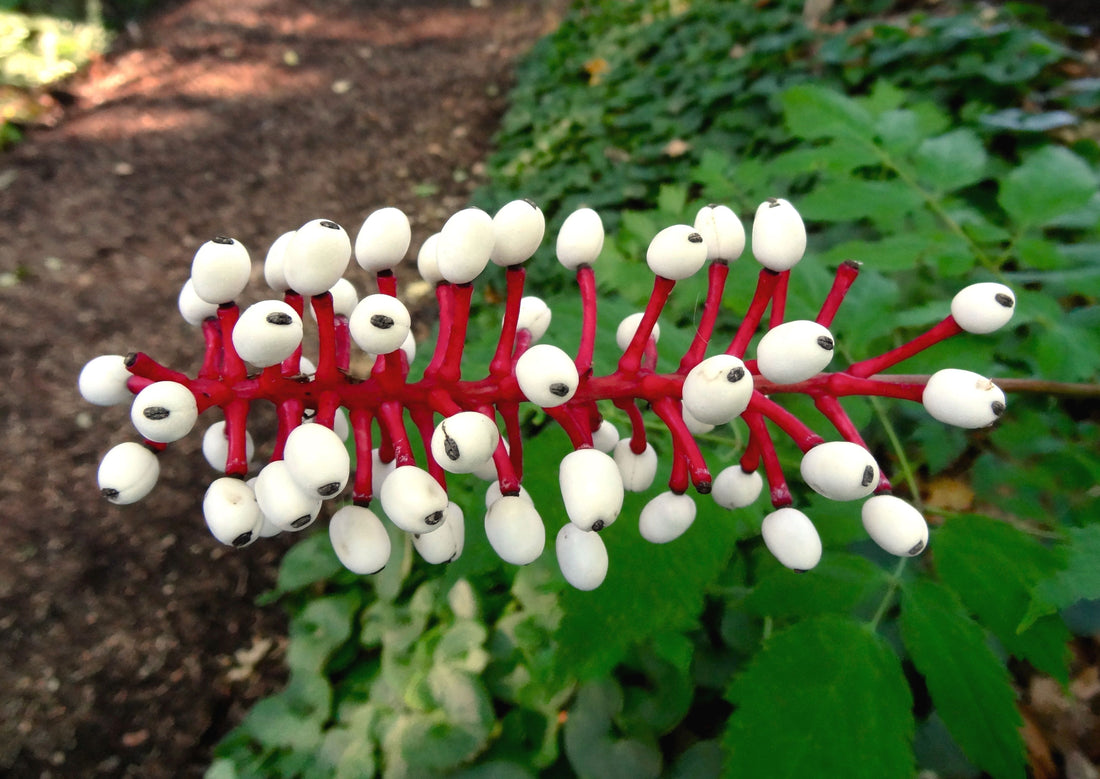
Doll's Eye Plant
Share
Doll's eye
Doll's Eye Plant (Actaea pachypoda), also known as the White Baneberry, is a perennial flower native to the Midwestern and Eastern States of America and eastern Canada but has also been introduced to many other regions due to its ornamental value. Its common name refers to the appearance of its leaves, which are shaped like eyes. They like to grow during summer with good drainage and higher elevations. Although it thrives in drier regions with low rainfall, it prefers bright indirect light instead of sunlight, making it an excellent houseplant.Reasons to Purchase This Plant Purchase doll's eye plant is an easy-to-grow plant that thrives almost anywhere. It is a flowering plant or bloomer, and since it focuses on spring and summer, you can get your hands on lovely blooms. Another reason is that it is a dwarf plant, so you will not need much space. Doll's eye plant also has a beautiful scent. The plant contains excellent color and will brighten any room it's in. It can be utilized as a centerpiece in your home or as a light filter for any window mount.
Where it Looks Great
If you have a garden and have yet to hear of the Doll's Eye Plant, you're missing out on one of the most incredible plants. This succulent is a tropical plant that's only grown in climates as warm or warmer as it is. It'll thrive in both full sun and partial shade, though it prefers bright light. Though this plant looks tiny when it arrives at your door (or you pick it up at your local greenhouse), don't let its initial size fool you! This little guy is shockingly fast-growing, meaning if you want to keep up with its rapid growth rate, keep an eye on when to water it and provide plenty of sunlight for optimal growth. Purchasing Doll's Eye Plant should be easy since it is affordable and fast shipping is available nationwide.
Conclusion
Doll's eye plant is a low-maintenance, small indoor plant that does well in bright indirect light.
It's very photogenic, making it an excellent houseplant for anyone with a creative side. While this plant is relatively common in the wild, it is rarely seen in modern gardens. This being said, it's still a favorite among children and garden lovers alike. Many people who grow this plant do so because it's discussed in their favorite novel or used as the setting of a childhood memory.
